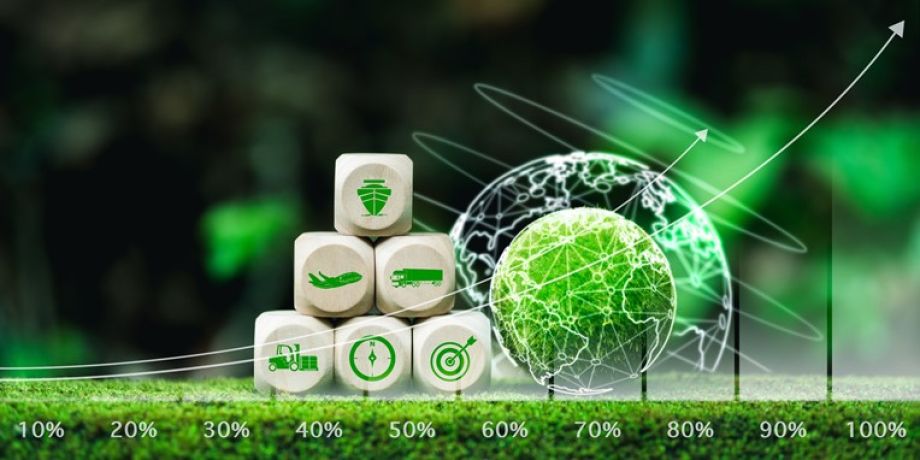
GREEN SHIPPING: INCREASINGLY CONCRETE COMMITMENTS
The 83rd session of the Marine Environment Protection Committee (MEPC), held from April 7 to 11, voted on some much-awaited measures for the shipping industry. This marks a new stage in the decarbonization of the sector, with the aim of achieving zero CO2 emissions by 2050. A goal that concerns all players in the sector, who are already on the move.
OMI: AN AWAITED SUMMIT AND ENTRIES INTO FORCE
This week, the IMO (International Maritime Organization) ruled on two sets of measures (one technical, the other economic) to achieve the goal of Net Zero CO2 emissions by 2050.
The first part, known as the GFS (Global Fuel Standard), concerns the obligation to progressively reduce the intensity of GHG (greenhouse gas) emissions from marine fuels. This requires all shipping companies to switch to alternative fuels.
The second, called Carbon Levy, concerns a global pricing system for GHG emissions, with the revenues paid into an investment fund to help finance green initiatives in the maritime sector.
These measures are due to be adopted in October 2025 and come into force in 2027.
DECARBONATION ON THE MOVE
Since 2023, shipping companies have been obliged to adapt to IMO requirements, as well as to the objectives of the Paris Agreement and the European Green Deal, which provides for a number of actions to comply with environmental regulations and support sustainable practices.
Against this backdrop, we are witnessing a significant increase in the use of alternative fuels and in orders for adapted vessels, with LNG at the top of the list, followed by methanol and ammonia. The number of LNG-powered vessels has doubled since 2021, and will continue to rise in line with ongoing demand from shipowners.
Cargo sailboats are also entering the market. The players in this alternative mode of shipping are stepping up their development by building several specimens, but also by offering a wide range of destinations. This “green” form of alternative transport is attracting more and more exporters and importers, even though these vessels have a smaller capacity. The first sailing container ship is currently under construction.
These compliance measures are all the more important as more and more of the sector’s international players are making a commitment in this direction. A case in point is the Panama Canal, which has announced the implementation of the Net Zero Slot as of October 5, 2025, to promote low-carbon shipping. In concrete terms, from this date onwards, priority passage through the Canal will be given to alternative-fuel ships.
Also noteworthy is IMO’s introduction of an Emission Control Area (ECA) in the Mediterranean from May 1, 2025, to comply with environmental regulations and support sustainable shipping practices.
As a reminder, the IMO has set targets for shipping companies since 2023 to accelerate the decarbonization of their fleets, with an obligation to bring their vessels into compliance. In 2024, the ETS surcharge came into force, a carbon tax calculated on each maritime shipment since January 1, 2024, as part of the European Green Deal (see our article “Maritime transport: carbon tax”).
Contact us to find out more about our carbon-free transport solutions.









